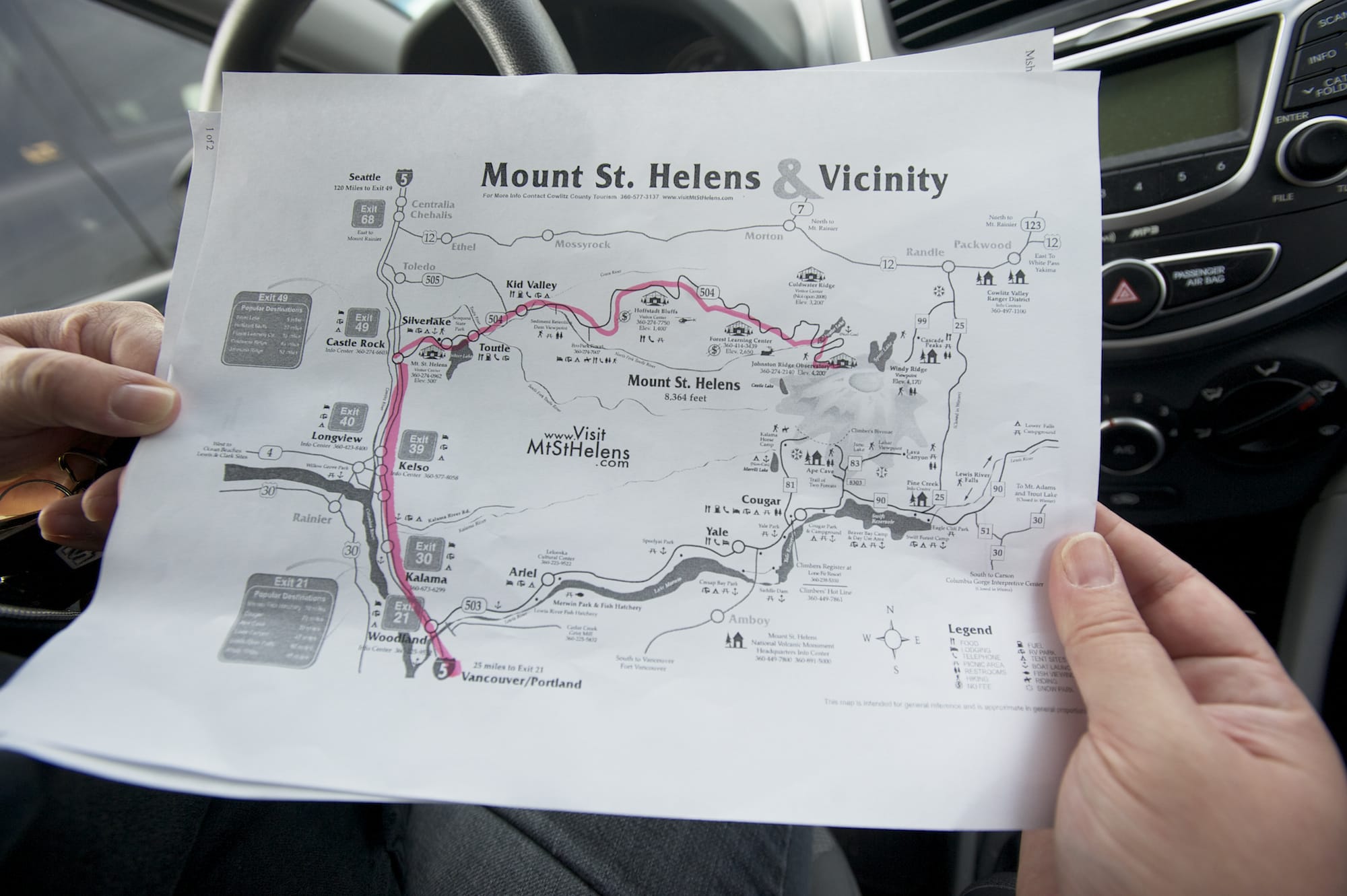As a 10-year-old Boston kid, the 1980 eruption of Mount St. Helens seemed somewhat remote, but it’s always fascinated me.
The images of knocked-over trees and the massive ash plume — not to mention half the mountain blown away — are hard to forget, as is the death toll.
Being a region-centric New Englander, it was probably the first time I realized the Pacific Northwest existed, or that there were active volcanoes in the United States.
Now, 32 years, a few cross-country moves and a geology degree later, that impressive and active volcano is just a stone’s throw from my house.




